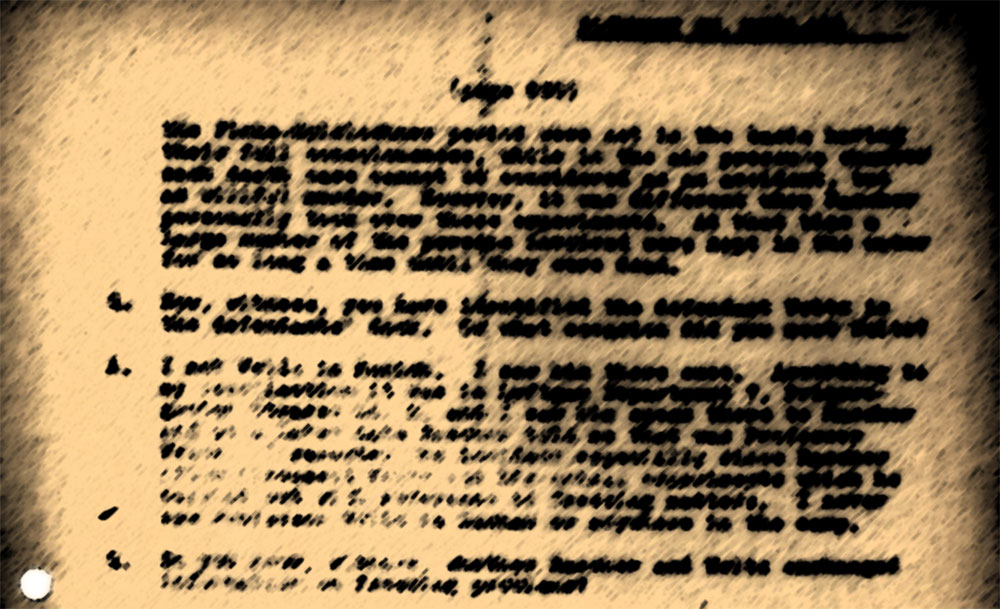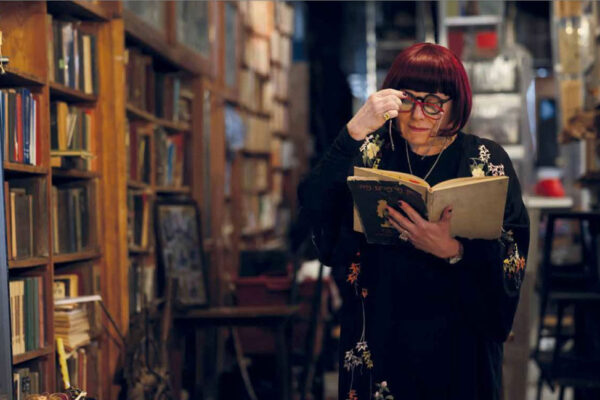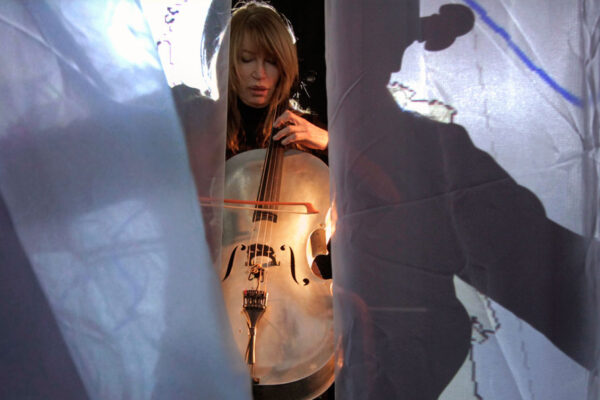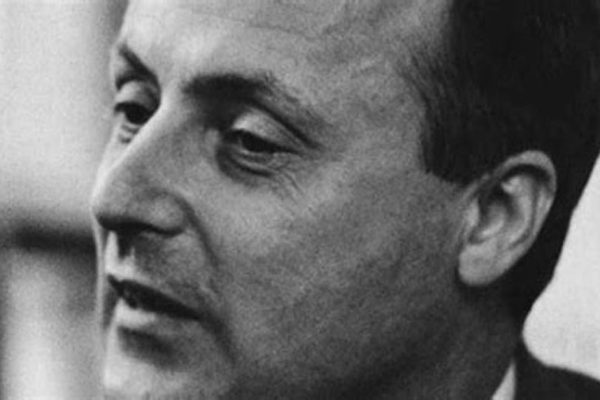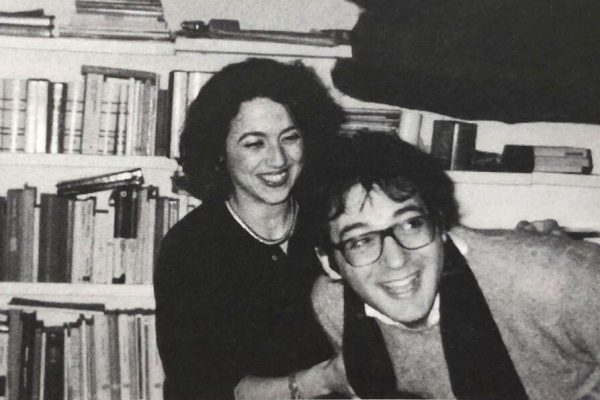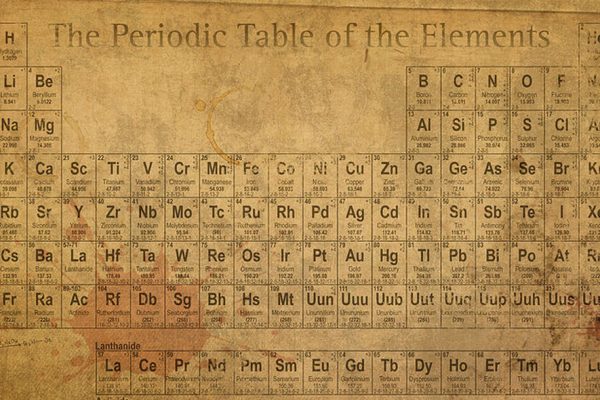The Language of Testimony: a Conversation with Manuela Consonni by Alessandro Cassin
Dr. Consonni’s current research project is titled “Bracketing Death: Philosophical and Anthropological Analysis of Death and the History of the Shoah.” She is on the editorial board of the journal Italia – History and Literature of Italian Jewry. Manuela Consonni is on the academic committee of the conference Pain and Knowledge at the Hebrew University of Jerusalem.
Manuela Consonni is head of the Department of Italian Studies and the Romance and Latin American Studies section at the Hebrew University of Jerusalem. She is affiliated with the Department of Modern and Contemporary Jewish History. She has recently been appointed head of the Vidal Sassoon International Center for the Study of Antisemitism.
Consonni is the author of the monograph War of Memories: Deportation and Shoah in Italy, 1945-1985 (Magnes Press, 2005), in which she addresses the development of the memory of deportation and extermination in Italian society between 1945 and 1985, through the prism of the Jewish minority specifically, on how the Jewish minority influenced the creation of a national anti-Fascist and post-Fascist identity. She has been on the faculty at the Hebrew University since 1991, and this semester she is teaching three courses:
”The Language of Testimony as Language of Knowledge”. A comparative study on the place of Jews in Western Europe from the end of the war to the end of the millennium (Secularization, Nationalism, and Shoah).
The question of the Centaur: Primo Levi and Aharon Appelfeld.
Alessandro Cassin: How would you summarize the intellectual path that brought you to these themes?
Manuela Consonni: I am a cultural historian, but also a historian of ideas. I have a background in general history; later, with my Ph.D., I focused on Jewish history, seen in a broader context.
AC: Your research runs along parallel themes; how would you describe them?
MC: There are four main themes. The first is Italian studies and contemporary studies within history and literature—and here Primo Levi is a central figure, both as a writer and a witness. This explains my course on Appelfeld and my questions on Primo Levi’s writing and its reception.
A second theme, which could be seen as a development of my book War of Memories, is the analysis of Jews and their symbolic role in post-Fascist and post-Communist Europe. My position is that Jews are the carriers of a symbolic ethnicity which further excludes them from the European idea.
The third focuses on the question of testimony: the witness seen not as the depository of truth, but as the depository of the event. I think that the debate around this alleged tension between history and memory positions the witness as bearing both an exceptional status and an absolute truth. It is thanks to the witness that we learn about the event—not its truth necessarily, but the fact that it took place.
The last theme is the study of death, looking at the perception of death as something in addition to our normal understanding and perception.
I attempt to decode suggestive quotes from writers and philosophers through testimonial sources. When Bataille says, “We cannot think of man in the 20th century without picturing him next to a gas chamber,” he makes a suggestive statement, but what does it really mean? When Adorno says, “We are standing in front of Death, which is yet another death,” he is citing Voltaire’s poem about the earthquake in Lisbon, which marks the end of theodicy. Adorno sees Auschwitz as the end of ethics. He states: “It’s not about quantity: we are beyond quantity, this is about quality”—about another death, in fact. I study death through the body, through pain and through time.
AC: Your study deals with the theme of the Musulman’s body: can you explain the origin of the term “Musulman”?
MC: The etymology is problematic and obscure. It’s not clear whether it’s a neologism born in the camps, since in different camps different words were used to describe the same figure. It’s certainly a medical figure of speech, describing a physical condition. On the other hand, and here I diverge from most readings, it is also an ethical condition established by the survivors.
AC: In your work you cite several definitions of Musulman: those by Ana Novac (a person-thing); Liliana Segre (bodies in stages of decomposition, dragging themselves along on two legs); Aldo Carpi (living dead and mummy-men); Bruno Bettelheim (walking corpses, empty shells); and Primo Levi (an emaciated man, with head dropped and shoulders curved, on whose face and in whose eye no trace of thought is to be seen). Maybe what makes your approach unique is that you do not accept these definitions at face value. Could you formulate your own brief definition of Musulman?
MC: We should not confuse the different levels of reading. The Musulman’s condition is most of all a physical one, whose mental aspect is due to the fact that the historical (not ethical) subject finds himself in a situation in which he is about to give up life altogether. And this is not because he is giving up and doesn’t feel like living, but because he is facing an experience of death. The other prisoners, the survivors, fear the Musulman not only as a physical state but as a mental one as well.
AC: What defines the Musulman is his position with regard to dying . . .
MC: We all know that one day we are going to die, we have this information—but except for people with terminal illnesses, we do not have the constant feeling that our days are numbered. Usually, in normal life, the idea of dying and death itself do not overlap. But in the camps, for the Musulmen, death and dying become the same thing. It’s as if the idea of death, which normally just accompanies our mortal life, became the very essence of living. Dying in such a situation is a historical fact; it is not an aesthetic or philosophical dimension.
AC: Is this where you see the uniqueness of the Nazi extermination camp experience?
MC: I’m not saying that there have been no comparable experiences, only that they haven’t received the same testimonial evidence. It’s not enough to survive an event; the event needs to be described, witnessed.
AC: This is why survivors’ writings are so important.
MC: Of course; but not all survivors reflect on the event—many of them just describe it. A description, even when graphic, does not necessarily include the search for a meaning. But some survivors, such as Levi, were indeed capable of analyzing their own experience: their writings open a window allowing us the knowledge of death which we would not otherwise have known.
AC: Could you explain what you find most relevant about Agamben’s writings on Levi, but also where you distance yourself from his interpretation of the Musulman?
MC: I think it is important that Agamben brings up the issue of the Musulman as a witness. He is a philosopher and tends to create an absolute, both categorical and interpretive. But he always describes the Musulman as a “dead man walking,” suspended in time between life and death, making him the epitome of the state of exception. But this temporal suspension between life and death cannot last forever. At one point he has to survive or die.
AC: So you disagree with the way Agamben uses the Musulman’s figure.
MC: Agamben turns the Musulman into a historical and almost aesthetic category. By doing so, he brings the discussion to an end.
AC: Remnants of Auschwitz concludes his trilogy.
MC: Somehow Agamben turns Jews into “Homo Sacher” (Remnants of Auschwitz is his “Homo Sacher,” chapter 3), and makes the Musulman the specific type of “Homo Sacher,” who can be killed without committing a murder.
AC: And it’s here where, as a historian, you find a problem!
MC: Of course, because as a historian I cannot let the Musulman become a mere historical abstraction, an interpretive category. I want to emphasize that the victim, besides being an ethical category, is a historical one as well!
AC: What is Agamben trying to do?
MC: He is talking about the Musulman, Heidegger, and the state of exception in succession, as if in a progression. He wants to define the state of exception and maintain that Auschwitz is not a state of exception, but the rule.
AC: Are you referring to his book State of Exception?
MC: In the three final pages of that second volume (published after Remnants of Auschwitz) he states that we live in the state of exception, and that Auschwitz is somehow the beginning of this state.
AC: It’s hard to identify with this position.
MC: Auschwitz is probably a state of exception, but we can’t say that we are constantly living in a state of exception, because it’s not historically true! It’s simply not true that Guantánamo, Denmark, and Auschwitz are the same thing!
AC: Each phenomenon has specific historical characteristics.
MC: This is why it is problematic to equate Fascism and Communism: they might feel the same to their victims. But they are not the same when analyzed and understood in their specific characteristics. In studying history we should establish not only a development but also some type of synchronicity; and I agree with Bloch that a historical phenomenon explains itself in full in the moment when it happens. There is no genealogy of extermination.
AC: You are basically setting a historical argument against a philosophical one.
MC: Of course, because it’s not only a matter of ethics! I cannot believe that historically the victim never has any responsibility, that the victim is always “good.” It is the process of being a victim, which is one of non-responsibility.
The “victim” category itself needs to be redefined: it needs to be seen in a historical context, not merely an ethical one. We can’t all be victims at the same time. Agamben’s analysis is a closed philosophical system. Auschwitz is not just a system, it is a historical reality.
AC: And how to relate to victims is an open historical problem.
MC: Think of the Japanese, victims of two atom bombs, and their relations with U.S. culture. The level of cultural assimilation is something hard to comprehend. . . . this proves that between the victim and the executioner there can be developments that go beyond the obvious, that can be different. I mean historically, not ethically, different. I am not saying that Auschwitz poses only a historical problem and not an ethical one—but I think that when it does pose an ethical problem, it is as the end of ethics.
AC: Let’s go back to Voltaire’s poem . . .
MC: Voltaire used to ask, “What opportunity of redemption is open to us? What is available to us instead of theodicy or next to theodicy so that we can look at the world with a different eye, the eye of responsibility? How can we keep dancing in the salons of London, Paris, and Berlin, after 500,000 people died in Lisbon? Two years earlier (this is why I say that phenomena are synchronic) an earthquake killed 450,000 in China, but nobody takes those victims into account. That is the reason we should ask ourselves why Voltaire’s poem is always described as the end of theodicy and as Voltaire’s attack on Leibniz. And Voltaire, in addressing Leibniz, can say: “Do not talk to me about the best possible world; do not talk to me about God: go tell that child buried under wreckage, who died at once.” A very strong and beautiful poem.
But then—what is Auschwitz? I don’t think that Auschwitz is the beginning of the problem of ethics. Rather, in a way Auschwitz is the end of ethics, and requires a redefinition of categories. I don’t believe that Agamben’s state of exception is a strong enough category for this task.
AC: One of the starting points of your reflection is the need for a critical analysis of the role of the witness when discussing the Shoah.
MC: This is something I derived from Dori Laub, who maintains that there are three different levels of testimony.
We witness for ourselves; we witness for others; we witness for the witnessing process. But in the case of the Shoah the witnessing process fails: the survivors write, “We cannot bear witness.” This is because they think that in order to truly bear witness to death, they should have died. On the contrary, I maintain that survivors can transmit a complete testimony, because they transmit their being-destined for-death (essere-per-la-morte).
AC: Nazism did not complete its plan of total annihilation of the Jews, but in a way, it turned all living European Jews into “survivors.”
MC: The fact that some Jews survived the camps, or that some avoided them by hiding, represents an exception to the rule. The idea was to kill them all. Nowadays the American Jewish community and the Jews in Israel are the only ones not living under the category of Auschwitz. A European Jewish world no longer exists. European Jewish culture before the Shoah has nothing to do, in terms of depth, of quantity, with what is left. The European Jewish world is dead, and if it does exist, it exists only through the lens of Auschwitz. In this perspective, Nazism won.
AC: You defined the witnesses’ language as a language of knowledge.
MC: Levi writes: “If we had stayed for three years or longer, a new language would have developed in the camps.” The Musulman is the language of the camps. It’s a neologism born in the camps, or out of the experience of the camps. And it’s a neologism of understanding.
AC: Human history is scattered with tragedies and horrors, hardly comparable. One of the unique characteristics of the Shoah is that it has become the defining event on which the 20th century’s collective memory and conscience are built. Where do you find a parallel between the need for symbolic compensation of the victims of the Shoah, and of those of the gulags and the post-colonial world?
MC: I maintain that the event and its memory are two different things. Hegel in his Philosophy of History says that the event and its narrative are born at the same time (res gestae and res gestorum). But in my opinion the Shoah is not unique in that there are no other tragedies of such magnitude (I am not interested in book keeping when it comes to suffering). It’s unique because it provided a structure for the building of memory. It’s as if the gulag and post-colonialism had absorbed its influences. The victims of all these tragedies share a need for a symbolic compensation, and for recognition. Améry accuses Levi of being a forgiver, because Levi rejects the category of resentment. And resentment for Améry is the recognition of blame. This is what the memory of the Gulag, the memory of the Shoah and the memory of Post-Colonialism have in common.
AC: You talk about the victim’s body as an epistemic source. Could you elaborate on this concept?
MC: The Musulman’s body, once returned, is the truth of the event. This truth is measured on the body, on the body that has been tattooed, that carries a mark. That’s why many Jews have chosen to delete this mark from their bodies as if deleting it from their memory. But this is impossible. The body is the center of the Nazis’ attack: I really believe that if the Nazis had meant to despoil and corrupt the Jews spiritually, they would have succeeded. But the Jews understood that what the Nazis wanted was their bodies—they wanted to exterminate their bodies, their physicality.
AC: The Nazis deliberately reduced the Jews to mere bodies.
MC: I don’t think dehumanization was an end in itself. If it was, it was just a step; once the Jews were reduced to “things,” it was easier to murder them. When Himmler addressed the SS officers in Posen in 1943, he said: “You will have to remain decent when seeing 100, 1000, 1500, 2000 BODIES.” He keeps talking about bodies—he doesn’t mention souls, as if these bodies had no souls. In this sense, the body is the lieu de mémoire (site of memory).


